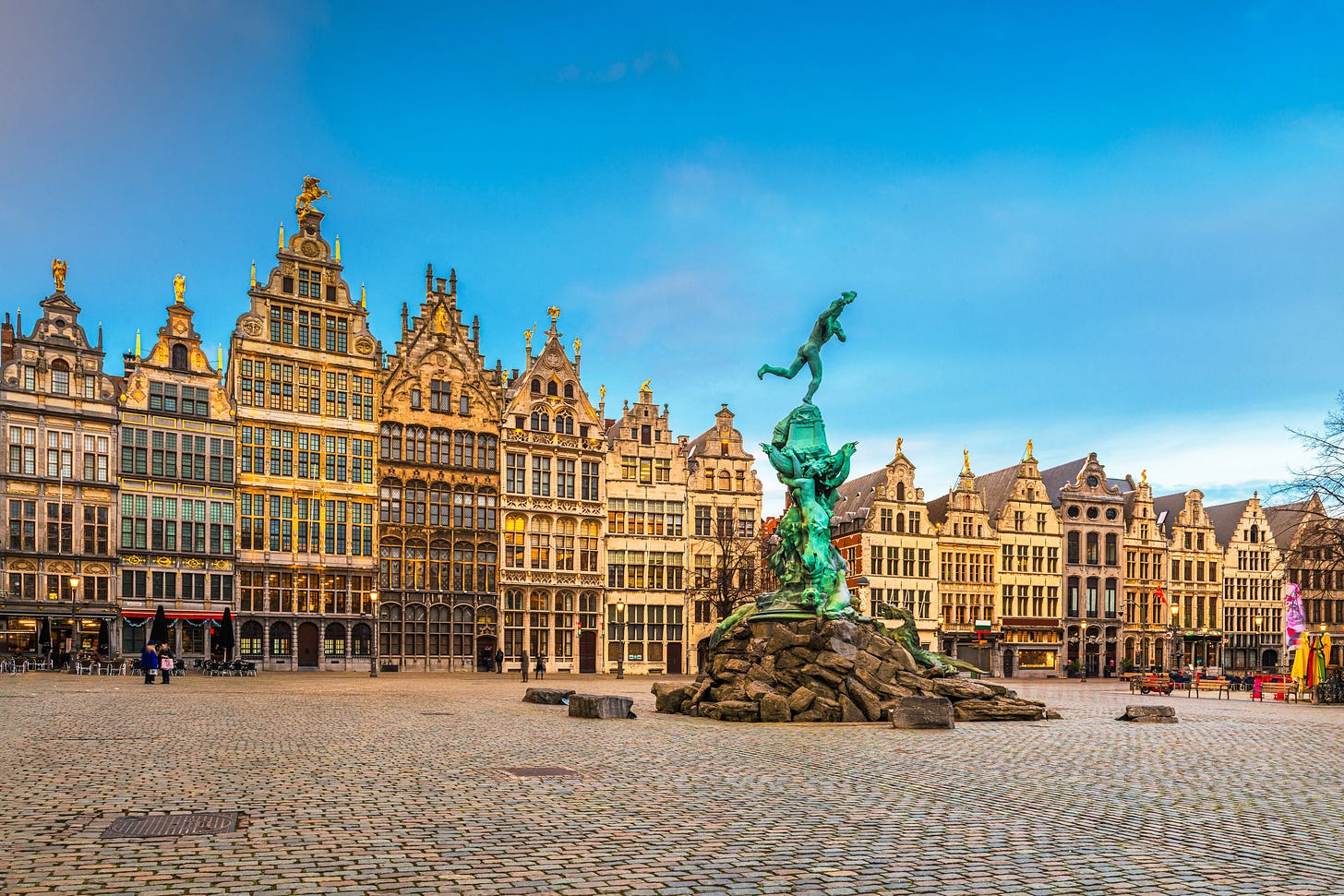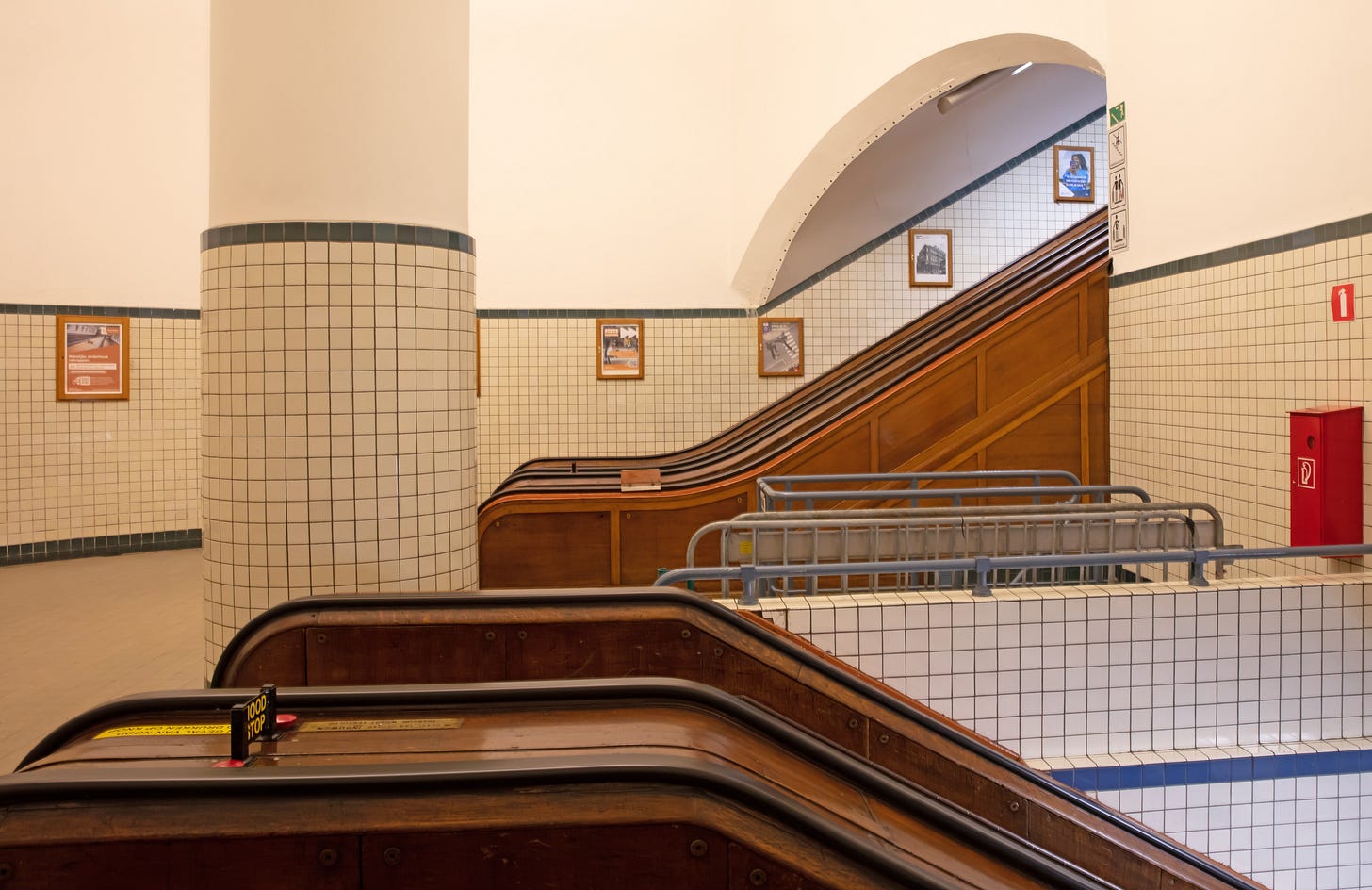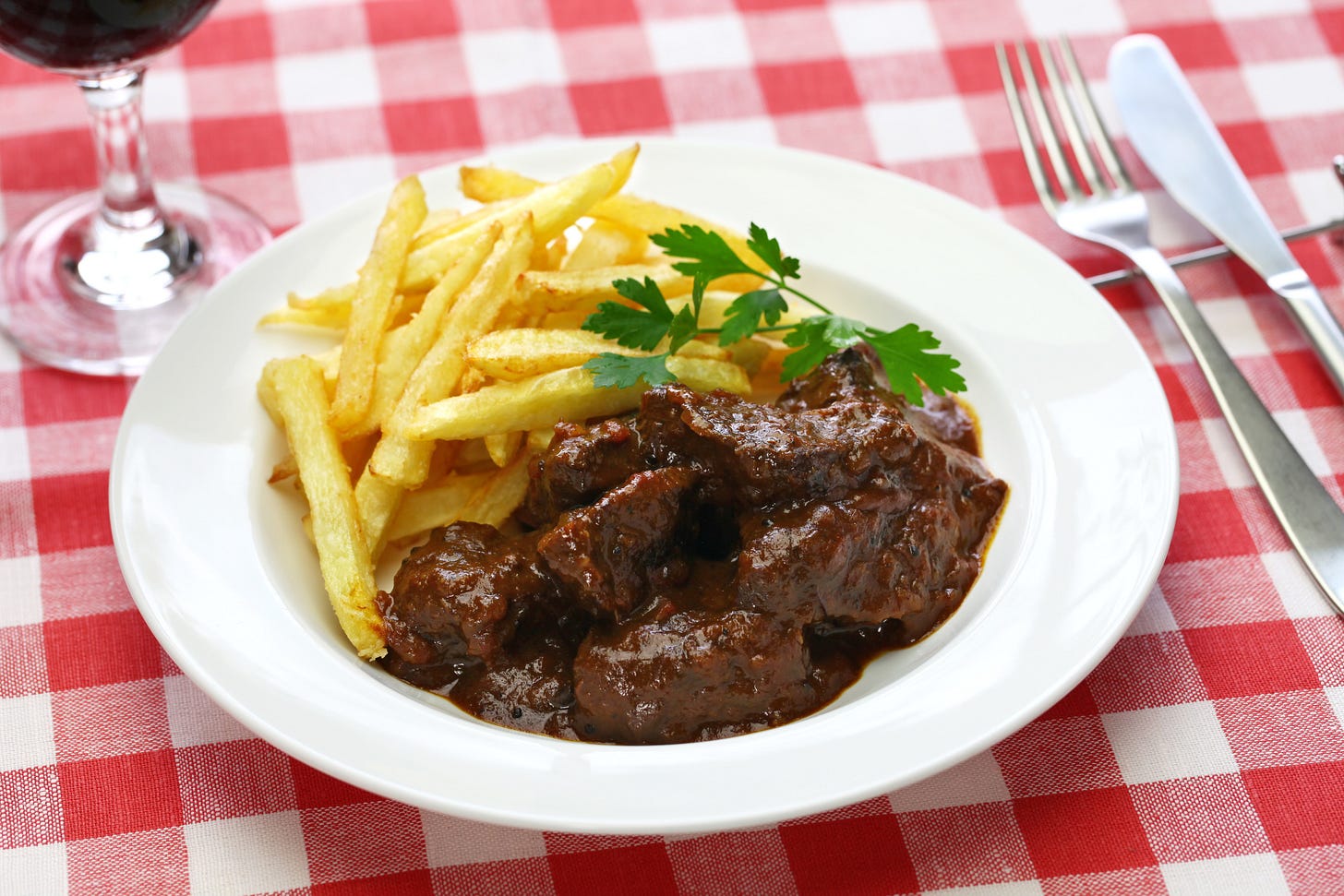Antwerp Travel Diary: The Scent of a City
Waffles, Whispers, and Quiet Corners You’ll Never Forget
I arrived after the rain, which felt like the proper entrance for a city like Antwerp. The cobblestones were glistening like old silver, the sky the colour of steeped earl grey, and the air scented with that quietly electrifying cocktprinter'st brick, warm butter, and the faintest trace of printer's ink—or maybe it was just my imagination, warmed up and readdoesn'terp, a city with a rich histordoesn'tade and art, doesn’t make a fuIt'sbout itself. It doesn’t strut or posture or perform. It’you'rety that minds its own business beautifully, and if you’re the sort to enjoy a bit of mindyou'llur own business too—preferably in a good coat—then you’ll get on just fine.
A Waffle Worth Remembering
My first waffle came from a little shop I wandered into off the Grote Markt, where the lady behind the counter has been battering and folding since the Habsburgs. She handed it to me like she was passing on a family heirloom—no plate, no fork, no unnecessary conversation. Just sugar, heat, and the kind of smell that could short-circuit nostalgia itself. I There'sslowly, walking past crooked houses and empty antique stores that looked like they might open if you said the right thing in Flemish.
Quiet Curiosity
There’s something about Antwerp that draws you inward. I found myself spending a lot of time not talking. I became quieter, more observant, more reverent. A better eavesdropper. A more devoted window shopper.
In a narrow alleyI'd watched a woman sketching in a café window, her pencil working furiously, her coffee cold.
In a tiny bookshop, the owner recommended a poetry collection I’d never heard of, then lit a clove cigarette with the kind of European flair that made me momentarily consider changing everything about my life. I bought the book—not because I needed it, but because something about that moment felt… book-worthy.
The Temple of Ink
Inside the Plantin-Moretus Museum, time seems to have paused mid-sentence. The scent is pungent: leather, glue, and very old paper. The building, once home to the world’s first printing press, feels like a temple for the ink-inclined.
I passed through rooms where oil portraits watched me with suspicion, and the type blocks still smelled faintly metallic—as if they were waiting to print one last proclamation. I stood in rooms that smelled like old books, burnt coffee, and worn leather gloves. The scent of ink hung in the air like a prayer.
And momentarily, I felt the strange, soothing weight of how slowly things used toHadid'sOf Glass and Grace
Antwerp weaves the old with the new in a deliberate and casual way. One moment, didn'tlost in the soft curve of an Art Nouveau balcony; the next, I was squinting up at Zaha Hadid's Port House, jutting out like a glass spaceship crash-landed atop a fire station.
It should have looked absurd. It didn’t. It worked—because in Antwerp, even the contradictions have good posture.
Below the River, Before the Curtain
Later, I descended into the St. Anna Tunnel, a pedestrian passageway beneath the River Scheldt. The escalators were wooden, echoing 1930s futurism, and thI'dighting was soft and amber. It smelled faintly of dampness and dust, like an old theatre before the audAntwerp'sived.
On the other side, I emerged into a stillness that felt curated: no cars, no voices—just the river behind me and the city glowing like a secret I’d just been let in on.
Supper and Song at Bacchus
Dinnersomeone'sacchus, a bistro tucked into Eilandje, Antwerp’s island-like neighbourhood. The streets were wide, the canals well-behaved, and everything seemed designed to make you exhale.
Inside, Bacchus had low lighting and deep wooden tables. You forgave the table for being slightly sticky because it felt like someone’s grandfather still ate at six sharp every night.
The menu read like a roll call of Flemish comfort—stoofvlees, steak tartare, and potatoes doing important things with butter.else'sered whatever the waiter pointed at with the most conviction.
Somewhere behind the bar, a record player hummed to life and out came the old French chansons—Aznavour in full ache, Piaf in tragic bloom, Montand with his usual shrug. It felt less like background music and more like a soundtrack tosomeone'selse’s romantic regret, which suited the stew perfectly.
Final Notes in isn'tz Bar
Later, I still slipped it's De Muze, a jazz bar with fraying armchairs, candlelight, and a double bassist who played like heartbreak was a tempo. The music was smoky and slow. It smelled of whisky, trumpet valves, and someone’s broken heart.
I took almost no photos. It felt wrong, somehow. Antwerp isn’t for collecting or capturing—it’s for remembering.
Its impressions are stored in the nose: vanilla, ink, damp stone, roasted chicory root. You carry them with you like souvenirs that no customs agent could confiscate.
When I boarded the train back—of course, because airports ruin everything—I smelled my scarf and wondered:
Was that the cologne of the bookseller? The biscuit shop? Or just the city itself, clinging to me like a polite goodbye?
Before you read on—or perhaps while you do—press play on our curated playlist: The Scent of Antwerp. It’s a slow-burning soundtrack of velvet basslines, late-night soul, and the kind of vocals that hang in the air like steam from a cup of chicory coffee. Think rainy cobblestones, soft lamplight, and one too many goodbyes. You can listen to it now on Spotify —headphones on, world off.








